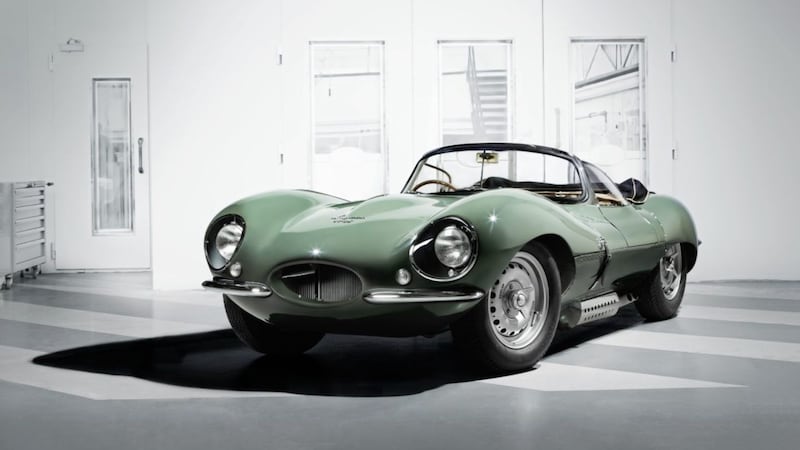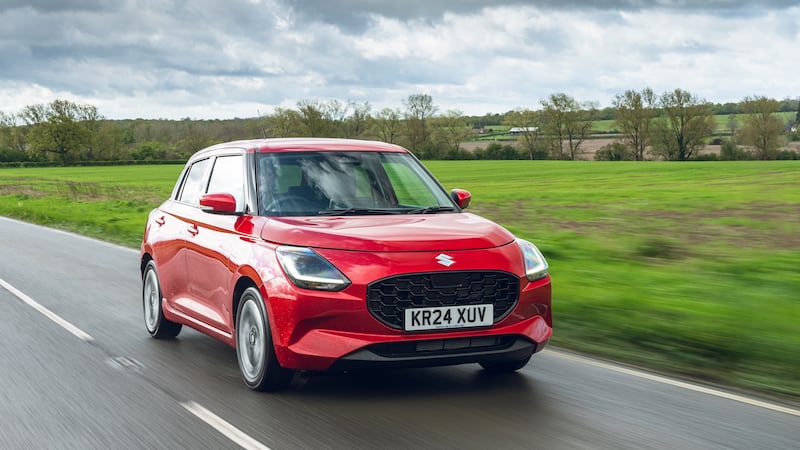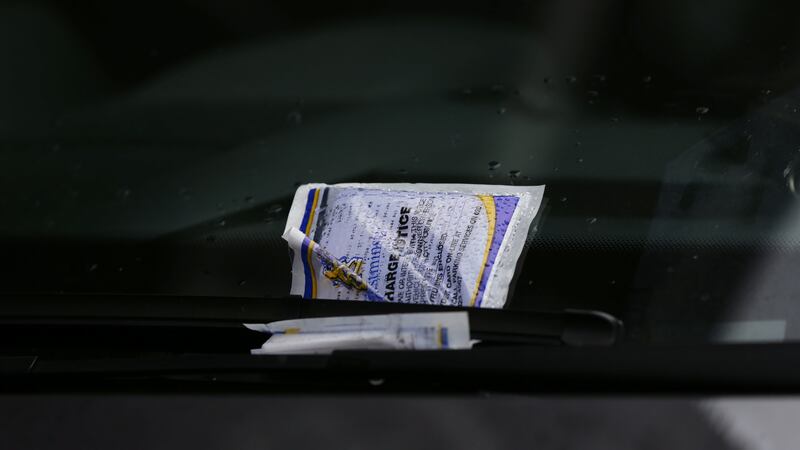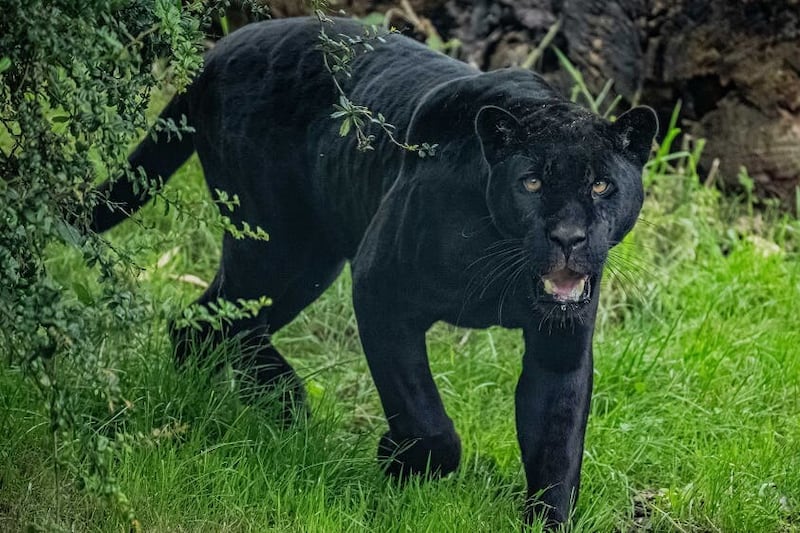THE stunning car you are looking at on this page is both brand new and from 1957, thanks to the engineering sleight of hand with which Jaguar is building nine examples of its hallowed XKSS in 2017 using traditional methods.
This is a thoroughly hand-built car, and the more than 10,000 hours of labour required to create it help to explain why the customers selected by Jaguar won't balk at the £1 million-plus price tag.
The other reason super-wealthy collectors won't hesitate is because of provenance.
When it was first wheeled out of the Jaguar factory in the British Midlands in the 1950s, the XKSS was highly coveted as the road-going version of the company's D-Type racing car.
The D-type had won the Le Mans 24-hour race in 1954, 1955 and 1956, meaning the road-legal version, dubbed the XKSS, is widely regarded as the world's first supercar.
Over the racing car, the road car gained a proper windscreen and a passenger door, while the D-Type's distinctive tailfin was replaced by a flat tail and a chrome luggage rack.
Jaguar's plan was to build 25 examples for export to North America but when a fire swept through the factory in 1957, only 16 had been completed.
Adding to the car's mystique is the fact that actor Steve McQueen owned one.
Painted British racing green, he called it the 'Green Rat', and despite the revolving door of Ferraris and Porsches with which he also entertained himself, he kept coming back to the Jaguar.
After selling it, he missed it so much that he sought it out again and bought it for a second time, keeping it until his death. That car is now worth more than £20m...
Following the factory fire, Jaguar moved on to other things and the nine unused chassis numbers were forgotten about - until now.
Using techniques learned when it built six 'new old' Lightweight E-Types in 2014, also using unused chassis numbers, Jaguar has worked out how to build exact replicas of the XKSS.
Jaguar says the XKSS is a 'new original', with original drawings and digital scans of existing cars used to ensure accuracy.
As with the original, the body is made from magnesium alloy, with the voluptuous body panels formed on bespoke styling bucks using a highly skilled and completely manual process called hand-wheeling.
The steel tubing beneath the bodywork is made from Reynolds tubing, crafted in imperial measurements and bronze welded.
Four-wheel Dunlop disc brakes and two-piece magnesium alloy wheels are also specified, as they were in 1957.
Similarly, the engine is a 260bhp 3.4-litre straight six-cylinder Jaguar D-type unit, featuring a cast iron block and three Weber DC03 carburettors.
Inside, there are perfect recreations of the original Smiths gauges and, says Jaguar, "everything from the wood of the steering wheel, to the grain of the leather seats, through to the brass knobs on the XKSS dashboard, is precisely as it would have been in 1957".
In fact, the only changes for 2017 cars are minor improvements to increase safety, such as a modern fuel cell to cope with contemporary fuel.
Kev Rickes, engineering manager of Jaguar Classic, the division of the company charged with creating this beautiful car, said the XKSS was "one of the most important cars in Jaguar’s history".
"We are committed to making the ‘new original’ version absolutely faithful to the period car in every way," he said.
"From the number, type and position of all the rivets used - there are more than 2,000 in total - to the Smiths gauges on the dashboard, everything is the same as the original cars, because that is the way it should be."
Steve McQueen would have approved.








